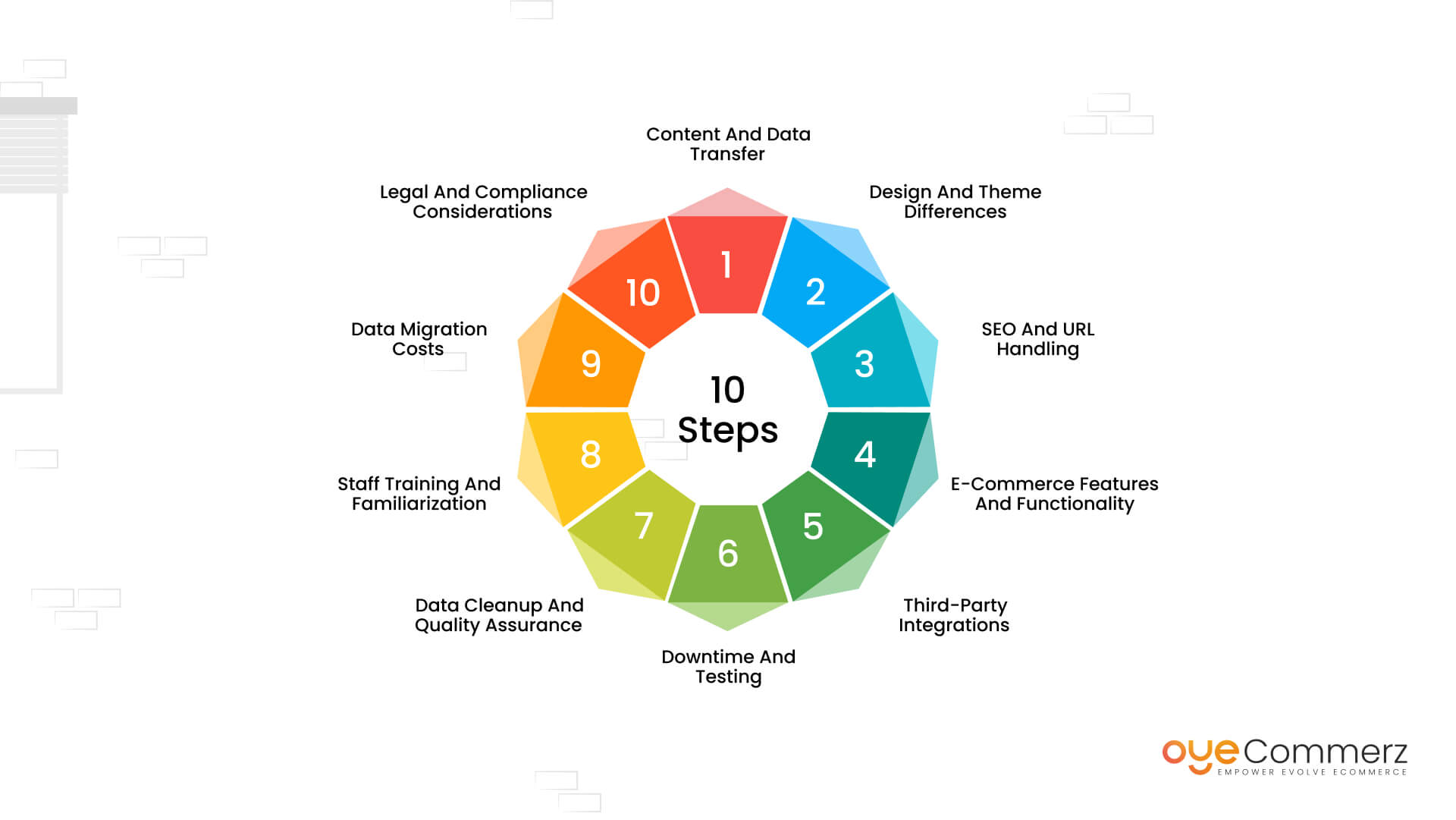Shifting from WP to Shopify is an promising step in optimizing your online store operations. As companies grow, selecting a platform that supports scalability, UX, and flexibility becomes crucial. Shopify is widely recognized as a favorite for e-commerce professionals, offering superior flexibility, data protection, and ease of use. In this guide, we’ll explore the transformative impact of this migration, discuss the benefits, and provide actionable steps to ensure a seamless transition.
1. Top Reasons to Transition from WP to Shopify
The combination of WordPress and WooCommerce, continues to support countless online stores. However, as companies scale, issues like reliance on plugins, security vulnerabilities, and complex setups often obstruct growth. Shopify, designed explicitly for digital retail, addresses these issues with an all-in-one, intuitive platform. Real data back this transition—Shopify powers over 4.4 million websites worldwide, with a documented 10% increase in sales performance for many businesses post-switch.
2. Key Benefits of Shopify for E-commerce Success
Shopify’s robust ecosystem caters for scaling businesses. Its standout benefits include:
- Seamless Customization: Shopify provides over 80 professionally designed themes.
- Built-in Features: Features like Shopify Payments and built-in SEO streamline operations.
- Global Reach: Currency versatility and regional customization empower businesses to reach global markets.
Additionally, Shopify boasts an uptime rate of 99.98%, guaranteeing your website is always operational.
3. Getting Ready for Your WordPress-to-Shopify Transition
Before migrating, evaluate your existing setup. Analyze product data, client information, and search engine rankings. Resources such as Shopify’s Migration Kit or third-party solutions help ease the transition. Develop a detailed strategy, ensuring all resources—product descriptions, media files, and articles—are optimized for transfer.
4. Data Migration: A Critical Step
Transferring your data forms the foundation for a successful transition. When migrating from WP to Shopify, focus on:
- Product Information: SKU, item summaries, and categories.
- Client Information: Emails, order history, and custom fields.
- Search Engine Considerations: Preserve meta tags, URLs, and redirects to maintain search rankings.
Use tools such as LitExtension to facilitate seamless migration while reducing mistakes.
5. Customizing Your Shopify Store
Post-migration, customizing your Shopify store ensures it aligns with your brand. Take advantage of Shopify’s intuitive page builder to create layouts with ease. Shopify's templates are optimized for all devices, ensuring a smooth user experience across devices—a key point, since 74% of online shopping comes from mobile users.
6. Maintaining SEO During Migration
Search engine optimization is crucial for maintaining your visibility during migration. Shopify is highly optimized for search engines with organized link formatting, built-in optimization tools, and smooth content management. Make sure you:
- Set up URL forwarding for existing links.
- Enhance updated content with targeted phrases.
- Use Shopify's apps Plug in SEO to monitor performance after the switch.
7. Essential Tests After Migrating to Shopify
Once the migration is complete, run detailed checks.
Review: - Page load times (Shopify boasts faster speeds in contrast with WP).
- Functionality of payment gateways and transaction flow.
- Mobile responsiveness.
Testing guarantees your store delivers a seamless shopping journey from day one.
8. Case Study of a Successful Migration
An example Migration for WordPress websites of effective platform switching is Gymshark, a sportswear company that transitioned to Shopify. After the switch, the company experienced a 60% boost in mobile sales and significantly lowered site downtime. This showcases the capabilities of Shopify in driving e-commerce growth.
9. Challenges and Solutions
Migration comes with challenges, such as data integrity and reconfiguring custom functionalities. However, Shopify’s extensive assistance and external professionals make overcoming these hurdles manageable. Partnering with experienced Shopify developers helps guarantee a smooth transition.
10. Starting Your Journey with Shopify
Migrating from WordPress to Shopify marks a forward-thinking approach to online retail. By addressing scalability, simplifying management, and improving buyer satisfaction, Shopify enables companies to thrive in competitive Shopify migration experts markets.
Final Thoughts
Switching from WordPress to Shopify offers a smart solution that can significantly boost your e-commerce success. With a robust migration plan, the appropriate resources, and professional guidance, you can achieve new growth opportunities.
Excited to start the journey? Let’s discuss how our Shopify migration services can revolutionize your e-commerce platform. Get in touch today, or ask yourself: Is it time to seize Shopify’s advantages for your store?
